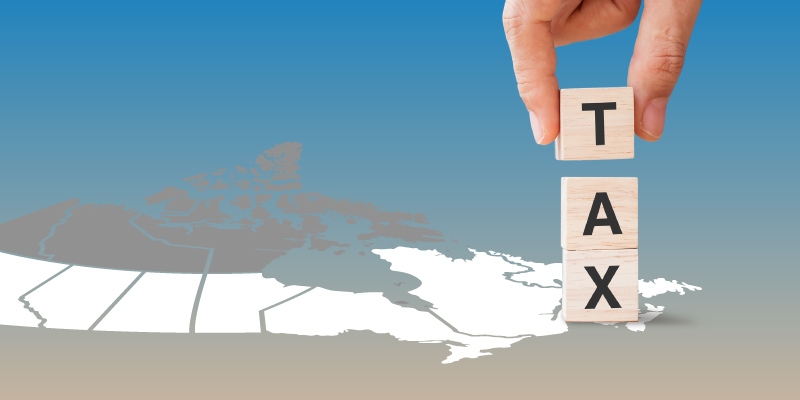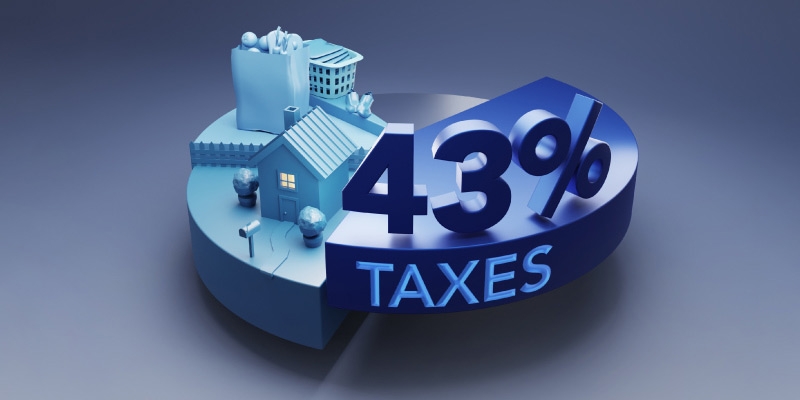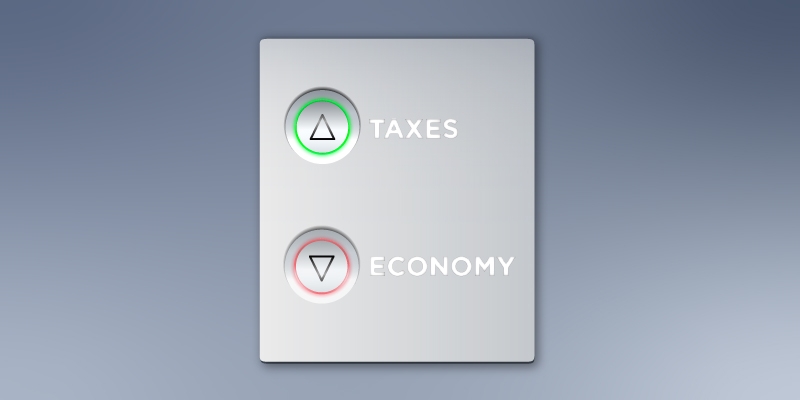Taxes
— Oct 27, 2022
— Sep 28, 2022
— Sep 21, 2022
— Jun 15, 2022
— May 26, 2022
- « first
- ‹ previous
- 1
- 2
- 3
- 4
Taxes Research Experts
-
Executive Vice President, Fraser Institute
-
Senior Fellow, Fraser Institute
-
Senior Fellow, Fraser Institute
-
Professor of Economics, Lakehead University
-
Senior Fellow, Fraser Institute
-
Senior Economist, Fraser Institute
-
Professor of Economics, MacEwan University
-
Senior Fellow, Fraser Institute
-
Director, Fiscal Studies, Fraser Institute
-
Associate Director, Alberta Policy, Fraser Institute
-
Senior Fellow, Fraser Institute
-
Senior Policy Analyst, Fraser Institute
-
Senior Fellow, Fraser Institute
-
Director, Addington Centre for Measurement, Fraser Institute
-
Senior Fellow, Fraser Institute
-
President, Fraser Institute
-
Fraser Institute Founder and Honorary Director
-
Senior Fellow, Fraser Institute
-
Associate Director, Atlantic Canada Prosperity, Fraser Institute
























